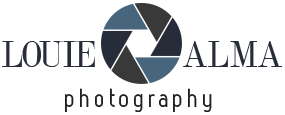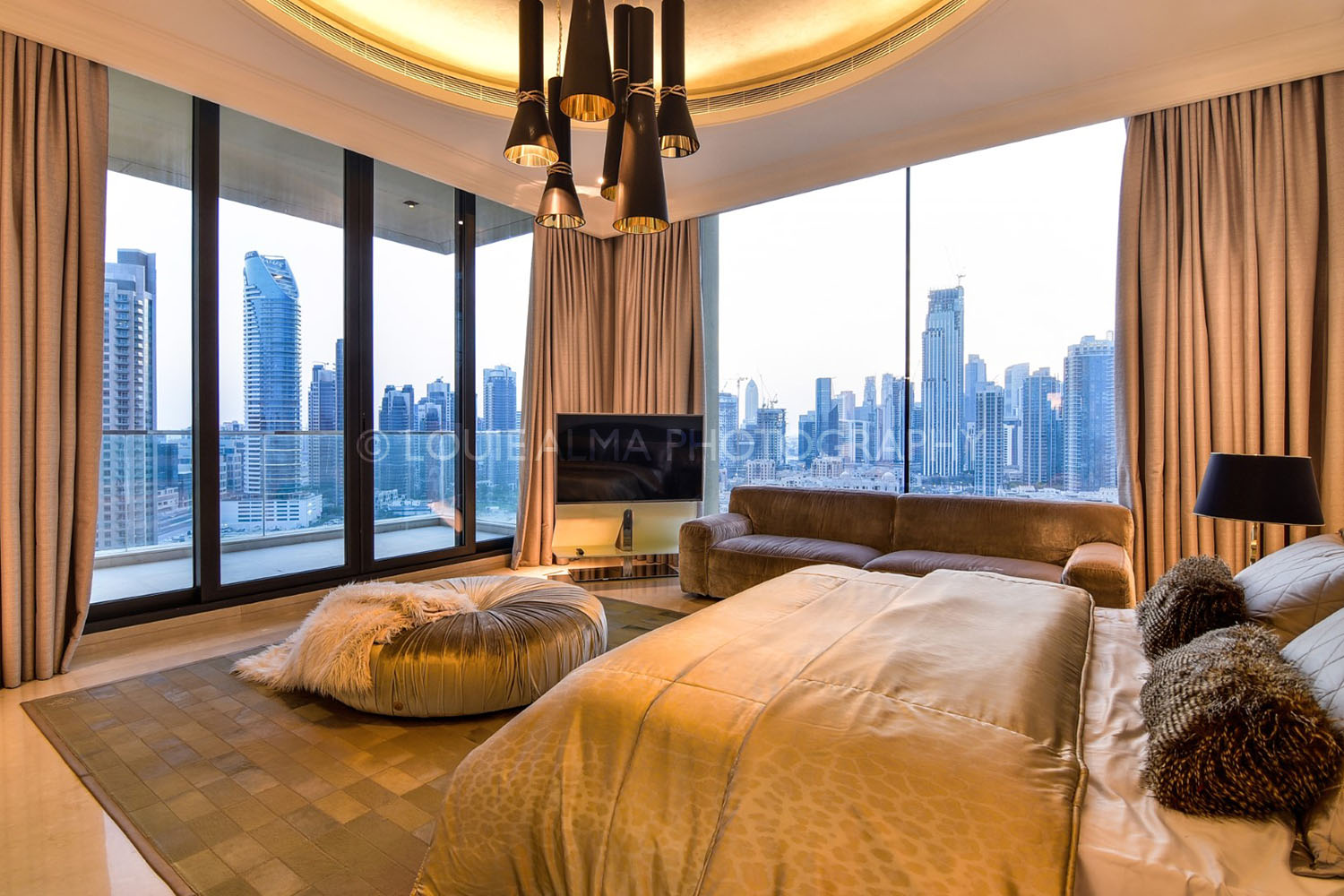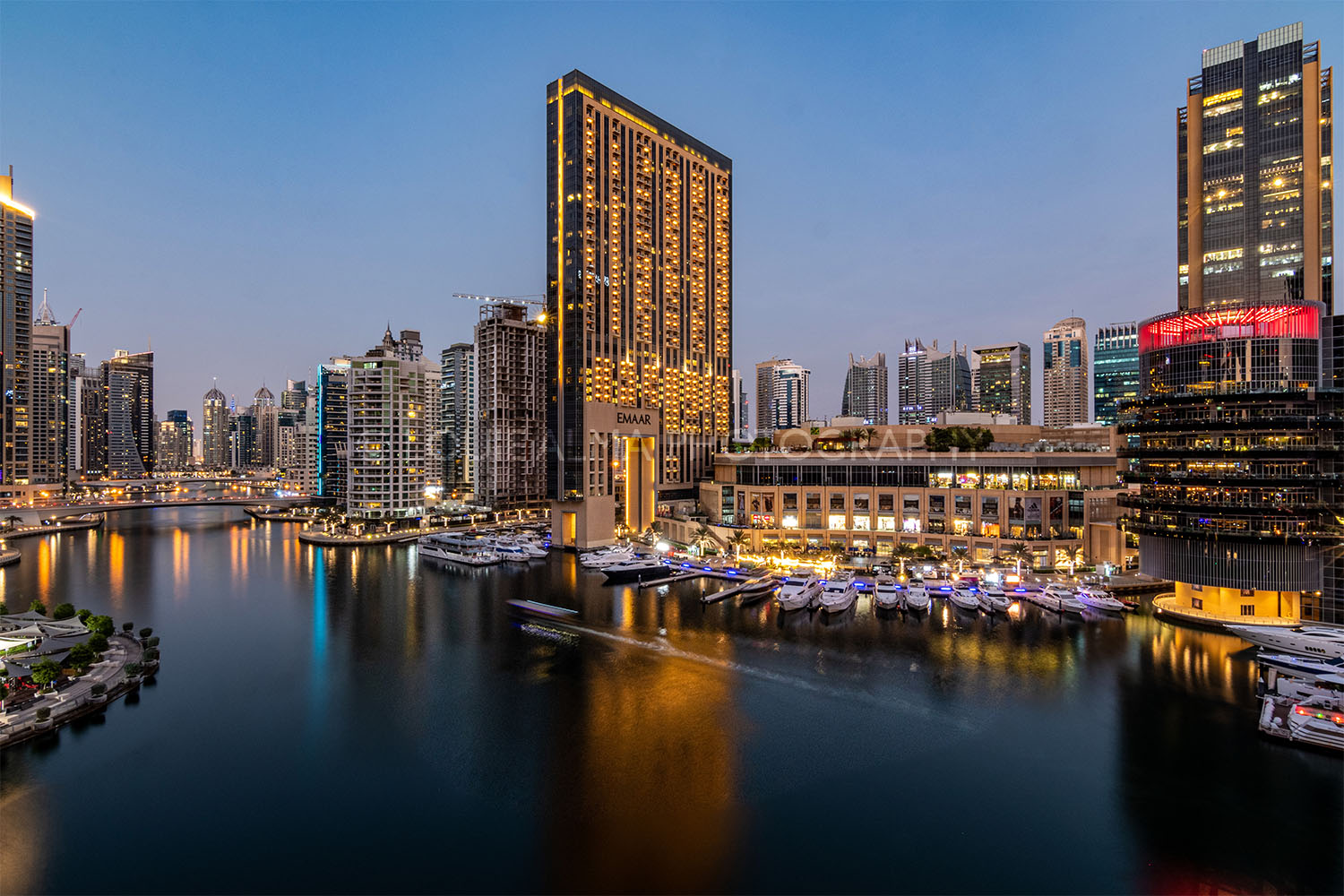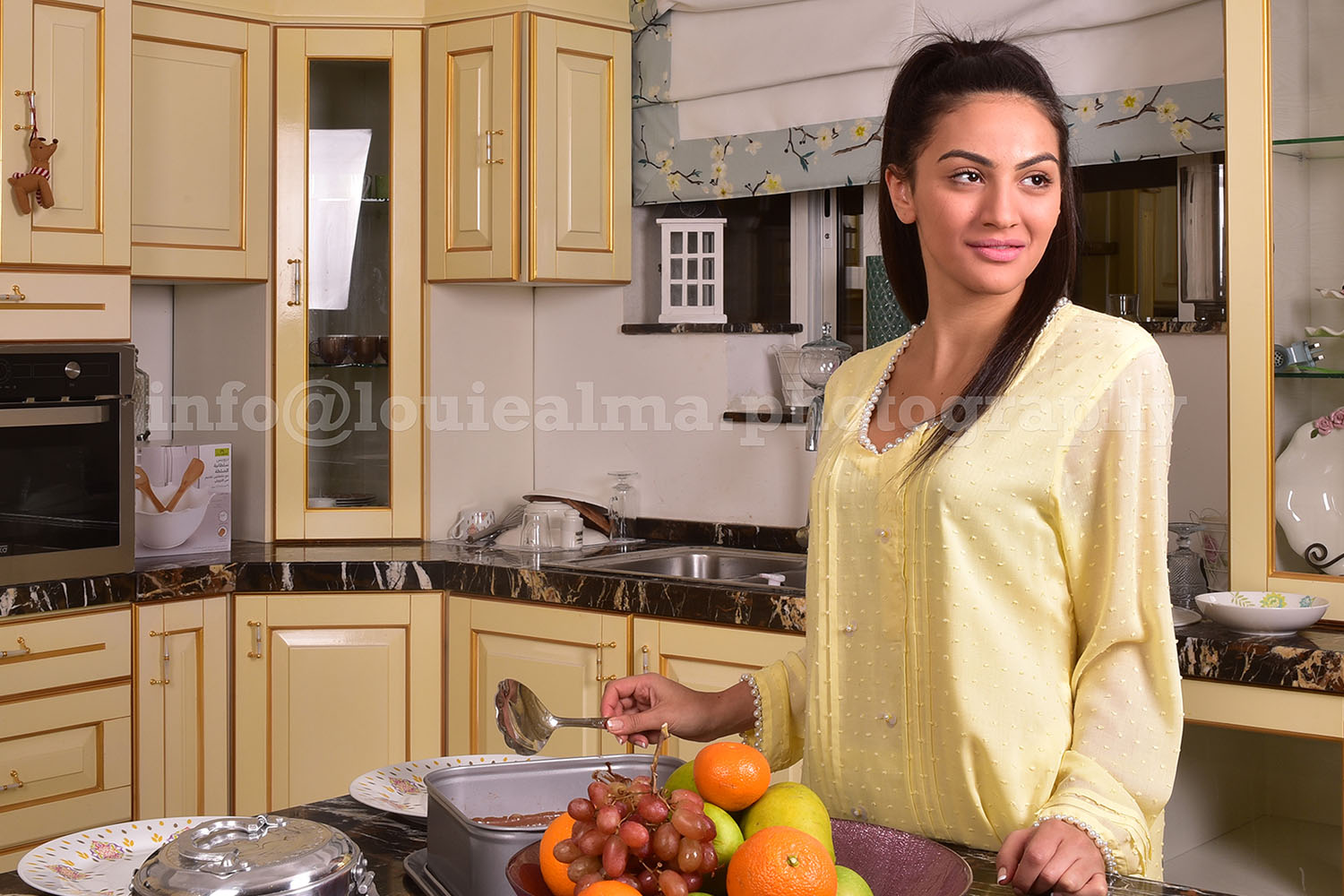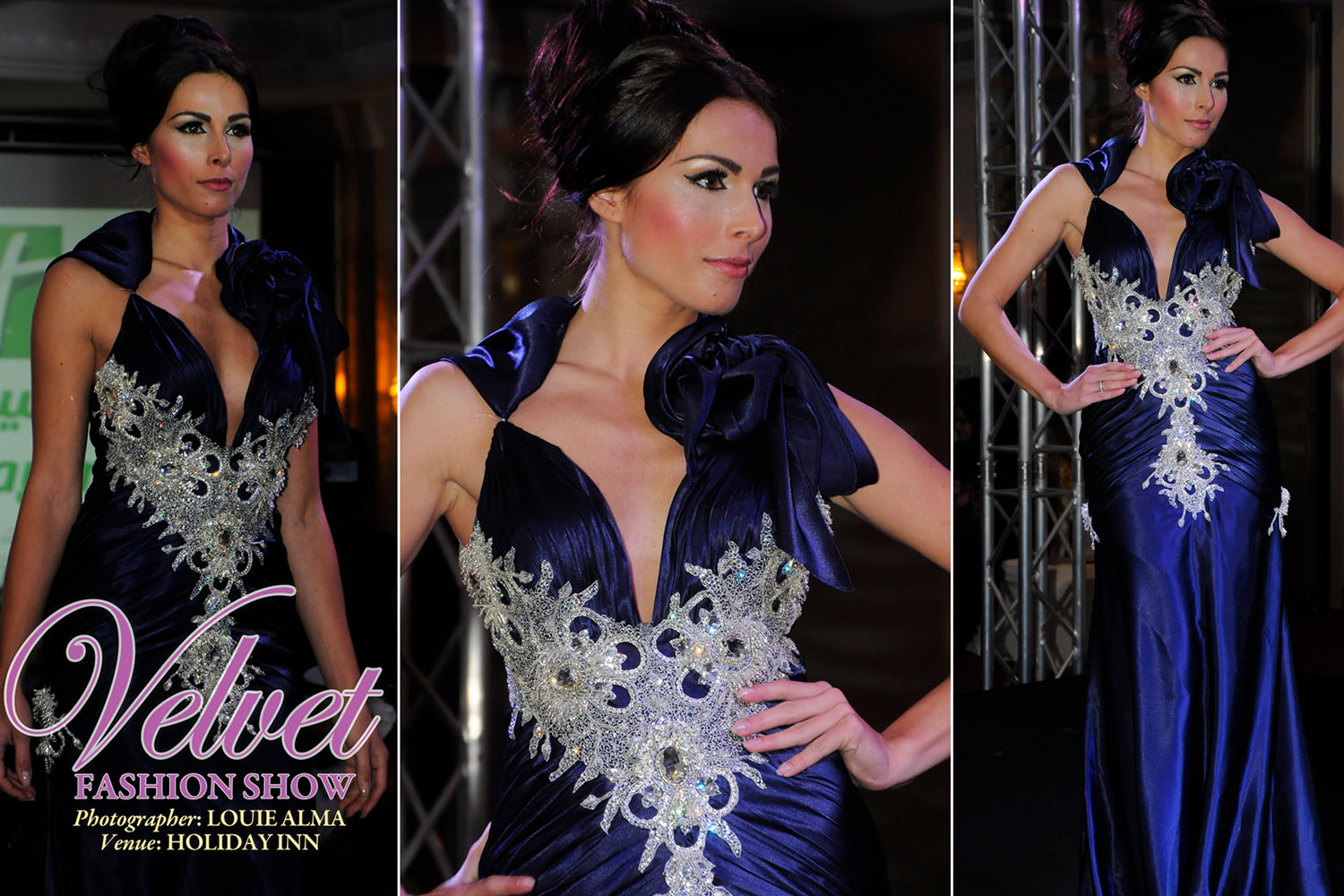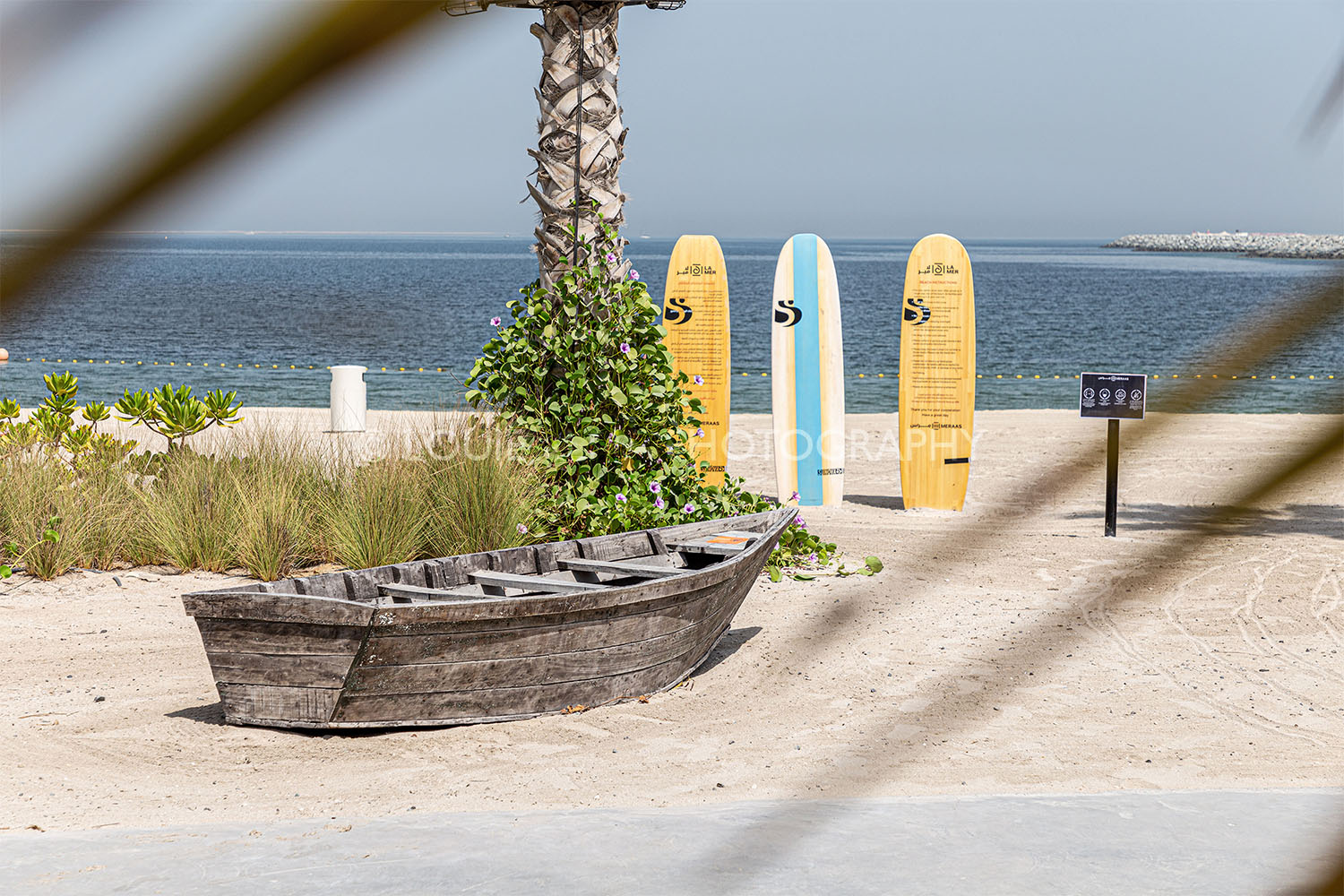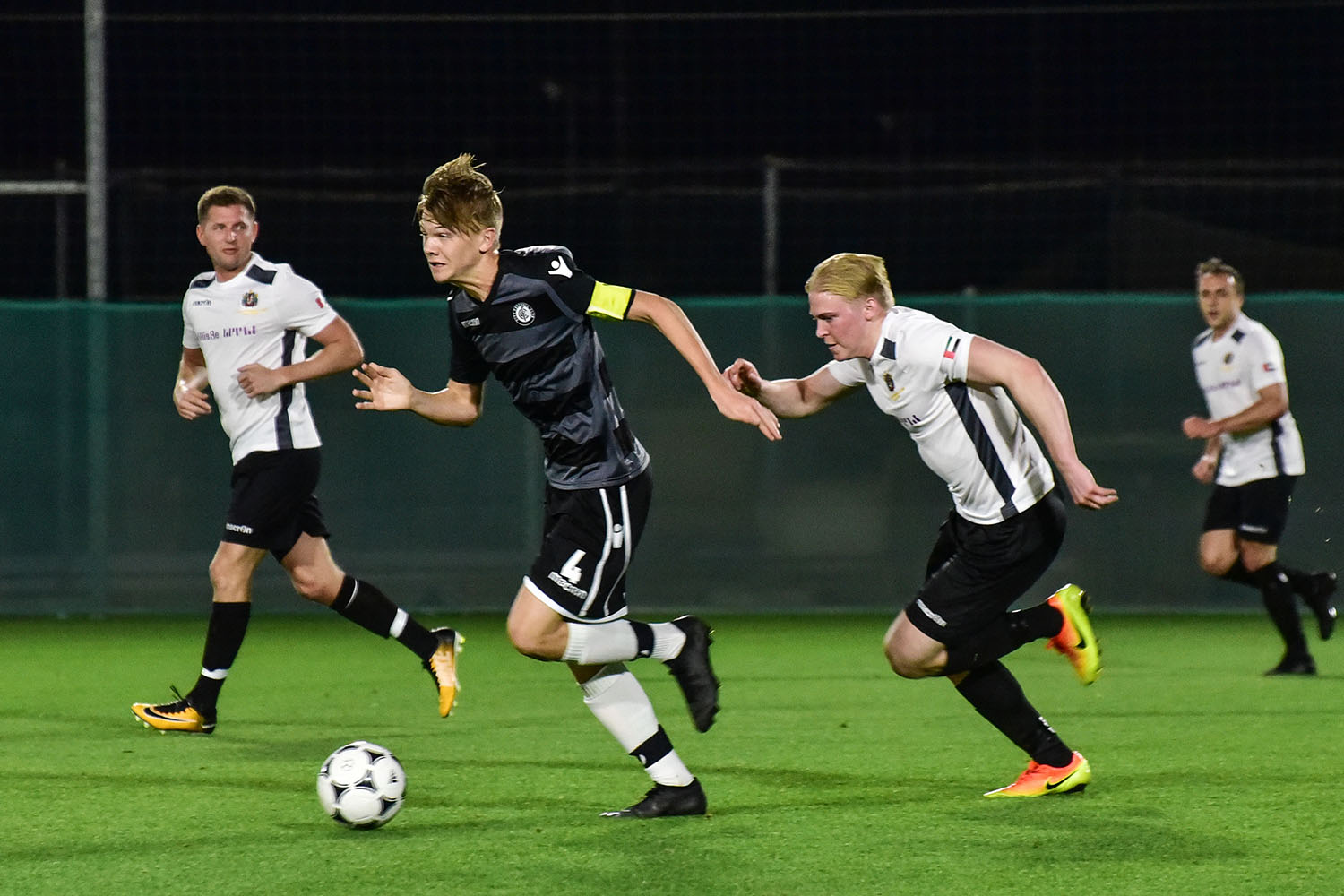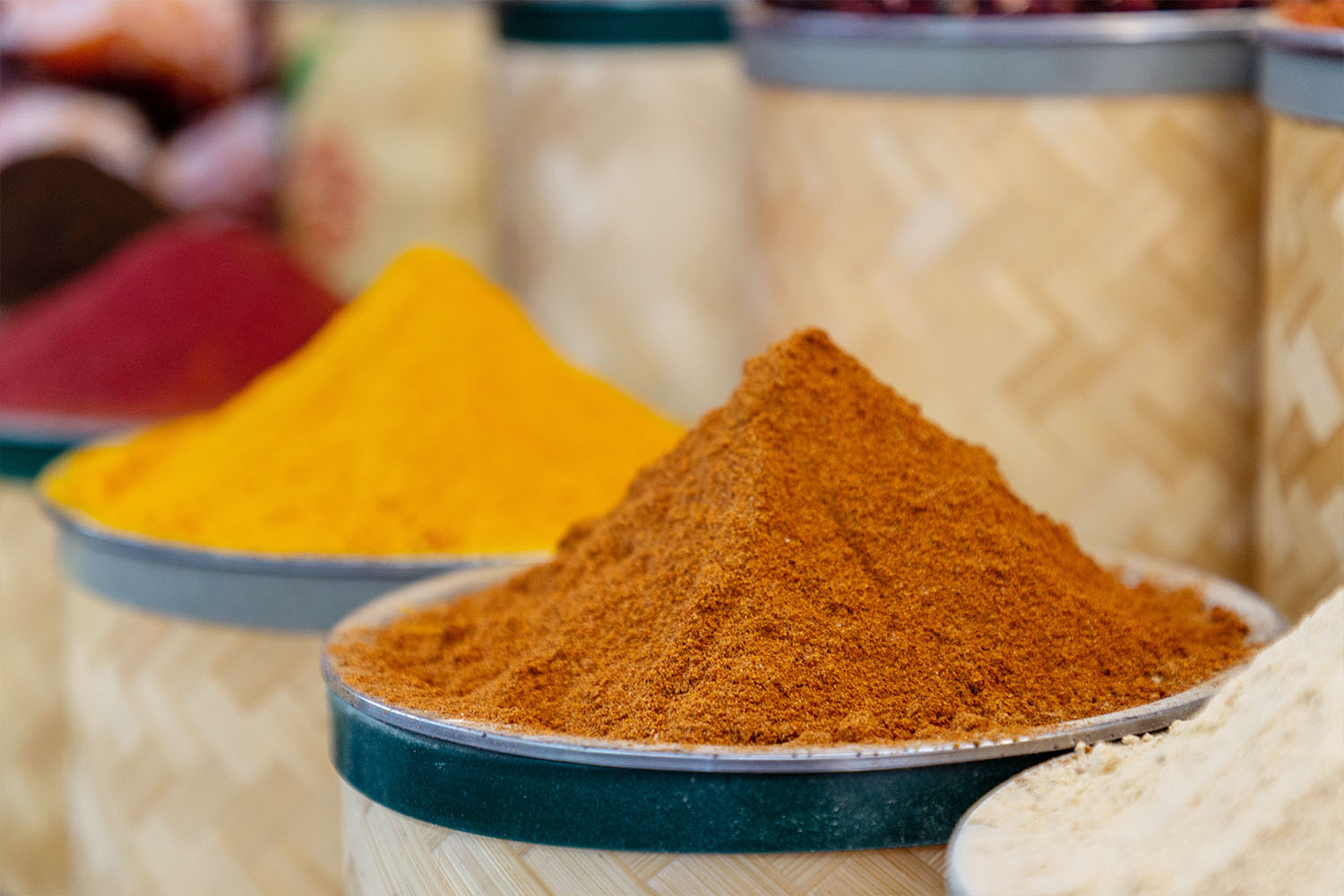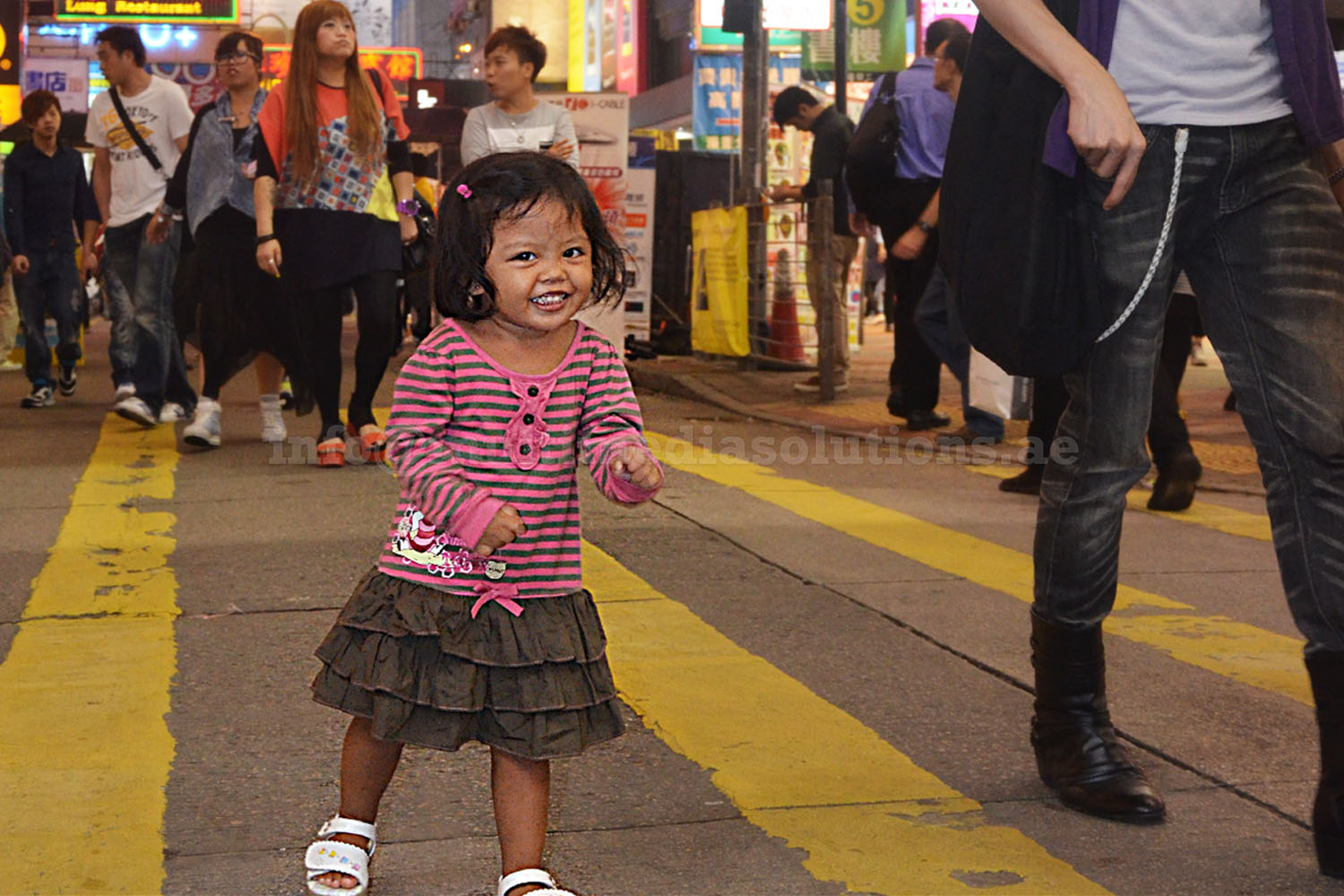The Tower of London River Tour – the UK’s First Electric Tour Boat Is a Story of Tourism
A new chapter is unfolding on the Thames as the official Tower of London River Tour is unveiled, introducing a voyage through London’s past aboard the UK’s first electric tour boat.
Operated by Woods Tours and in official partnership with Historic Royal Palaces, the Tower of London River Tour is set aboard the purpose-built Silver Raven, a state-of-the-art electric vessel designed to glide cleanly and quietly along the Thames, offering panoramic views as London’s stories unfold.

